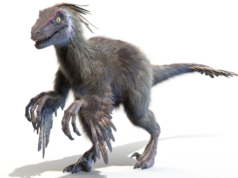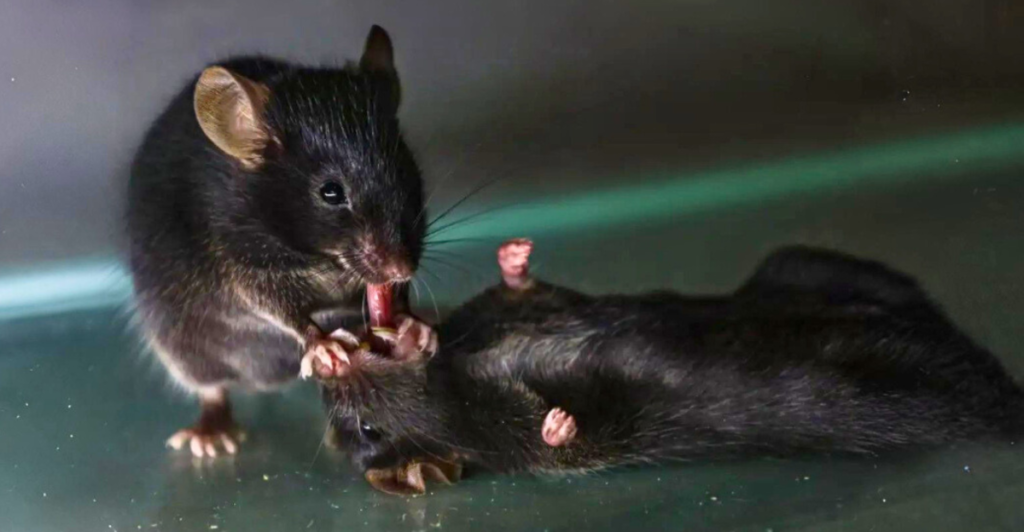
A recent study done by the University of Southern California discovered that mice exhibit behaviors that resemble first aid when they are faced with injured or unconscious peers. These behaviors include grooming, nudging, and even pulling on each other’s tongues to clear airways, which are similar to basic life-saving techniques like CPR.
This discovery challenges the long-held belief that complex social behaviors are exclusive to large-brained species like humans, primates, and dolphins. The study also focused on the role of oxytocin, which is a hormone that is associated with bonding and empathy, which drives these behaviors. By showing us that even small-brained mammals like mice can be altruistic, the research changes our view of empathy and cooperation as important survival strategies in the animal kingdom.
Historical Perspective: Empathy Beyond Humans
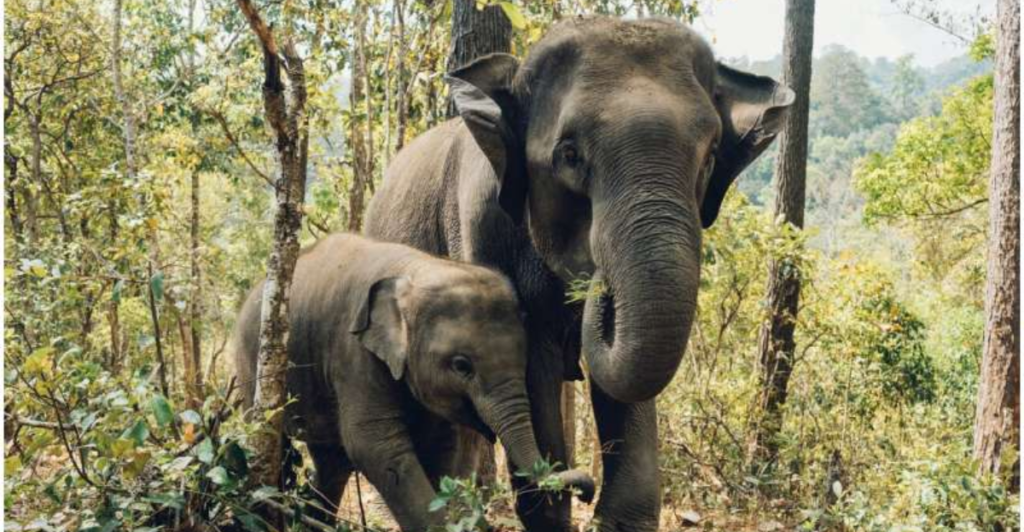
It has been well documented over the years that some animals show various signs of empathy, but it has historically been attributed to larger, more socially complex species. Elephants have shown sign of mourning their dead while dolphins have been see helping injured members in their pods. But for the first time, mice have been seen performing rescue behaviors on one another.
In the past, we believed that rodents were incapable of these advanced social responses because of their small brains and simpler social structures. This study has now shown that empathy might not be exclusive to high-order animals but rather that it is an evolutionary trait that can be found across a broader range of species. It challenges the belief that empathy is unique to humans or large mammals, opening up new possibilities for examining its evolutionary origins.
Neuroscience Behind Mouse Altruism
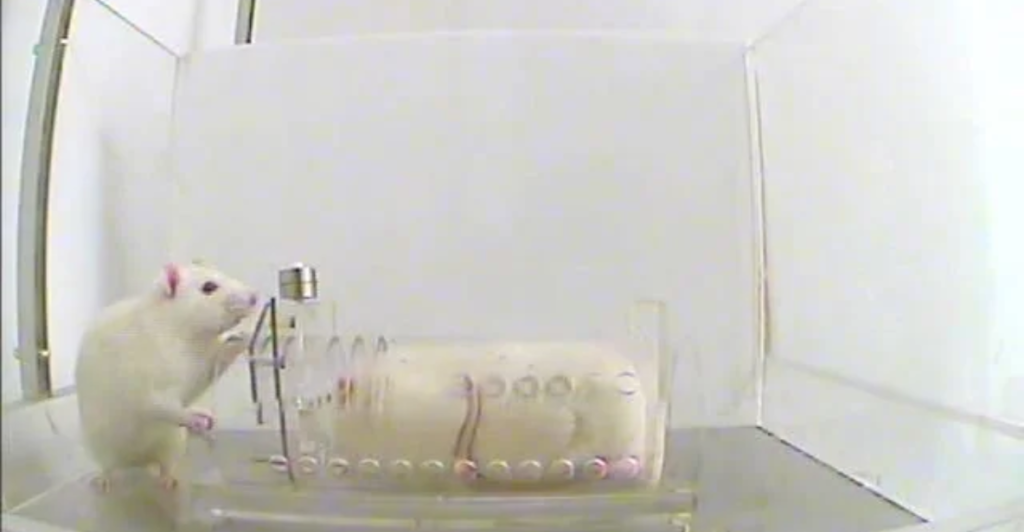
The study pinpointed specific parts of the brain that are responsible for these rescue behaviors in mice: the medial amygdala and paraventricular nucleus. These areas are responsible for emotional processing and the release of oxytocin, both of which are important for social bonding and prosocial actions. By using optogenetics, a technique that controls neurons with light, researchers were able to activate oxytocin-responsive neurons in mice, which increased their rescue attempts.
On the other hand, blocking these neurons reduced their willingness to help their peers. This shows that oxytocin is not just a bonding hormone but that it is also a driver of emergency responses in social contexts. This showed valuable insights into the neurobiology of empathy and suggested parallels between rodent and human emotional processing during life-or-death situations.
Contrarian Insight: Instinct or True Altruism?
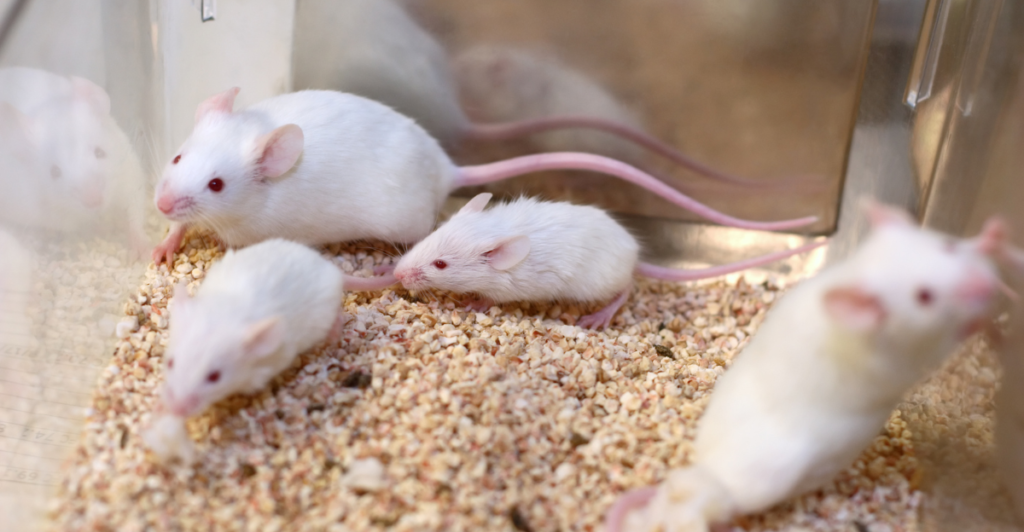
However, skeptics have argued that mice might not display true altruism but instinctive behaviors triggered by environmental cues. Mice do not have the cognitive capacity for deliberate decision-making or moral reasoning in emergencies the way humans do. However, it is important to note that the study’s findings counter this argument by showing intentionality in their actions. Mice ignored sleeping peers but responded to unconscious ones and tried to help them by clearing their airways.
They also found that mice prioritized helping familiar individuals over strangers, which shows their social awareness rather than random, instinctive behaviors. The study finds that while mice might not have human-like morality, their actions are guided by an evolved form of empathy that is tailored to their survival needs within social groups.
Evolutionary Implications: Survival Through Cooperation
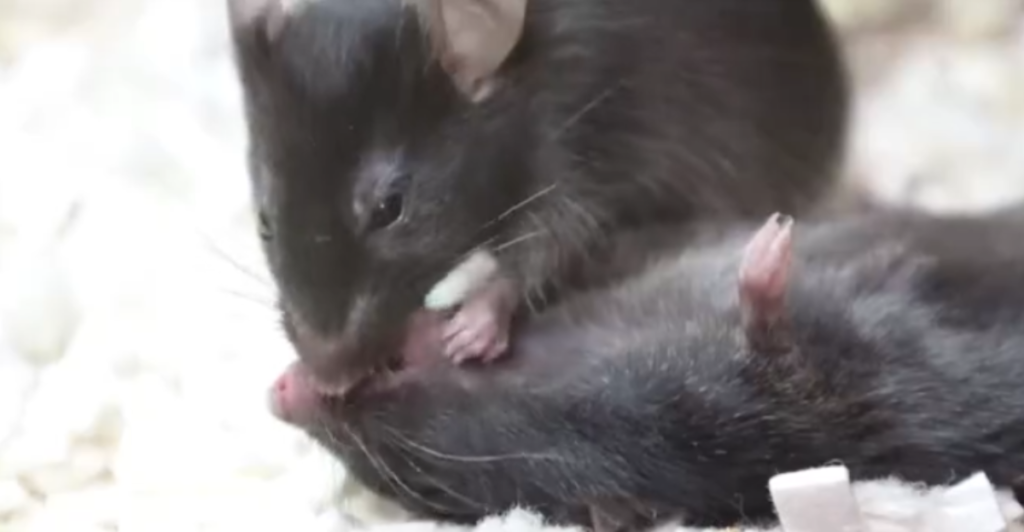
The discovery that mice can perform first-aid-like behaviors supports the idea that cooperation is a very important survival strategy across species. By helping injured peers, mice are able to increase group cohesion and improve collective safety, which is a trait likely favored by natural selection.
This mirrors behaviors that have been seen in other mammals like primates and cetaceans, where helping an injured group member strengthens bonds and ensures group survival in stressful situations. The study suggests that prosocial behaviors could have evolved not as acts of kindness, but as practical ways to maintain social groups in tough environments. This finding redefines altruism as an adaptive trait, not just a moral one.
Ethical Considerations: Rethinking Animal Research
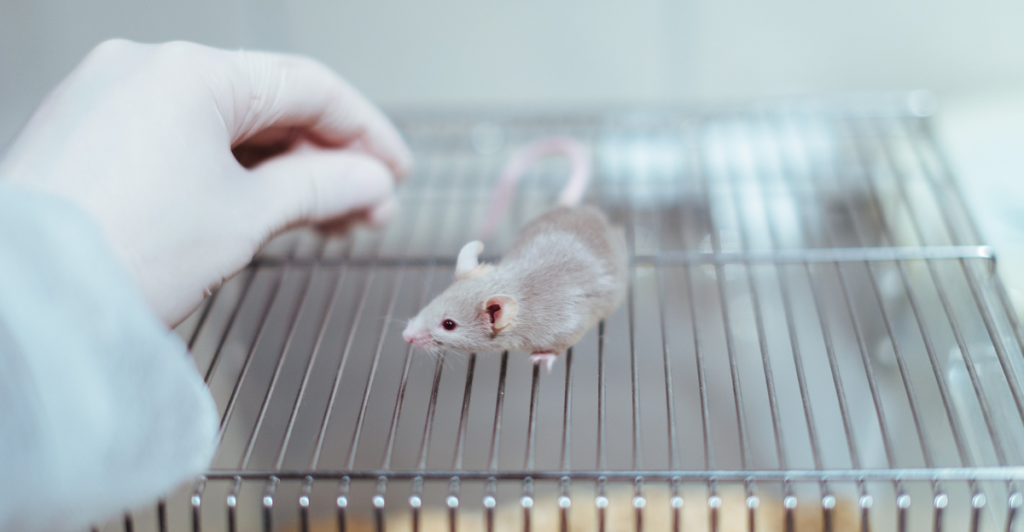
The results from this study also raise ethical questions about how we treat animals in scientific research and our society. If mice are able to demonstrate empathetic behaviors, then we should reconsider how we treat them ethically. Luckily, current regulations prioritize minimizing the harm caused to animals used in experiments, but this study could call for stricter guidelines regarding rodents’ treatment in labs.
Recognizing the emotional complexity of small mammals could increase public support for humane pest control and improve living conditions for captive rodents. After these findings, we should rethink how we view and treat animals that are often seen as simple or expendable.
Applications Beyond Biology: Lessons for Humanity
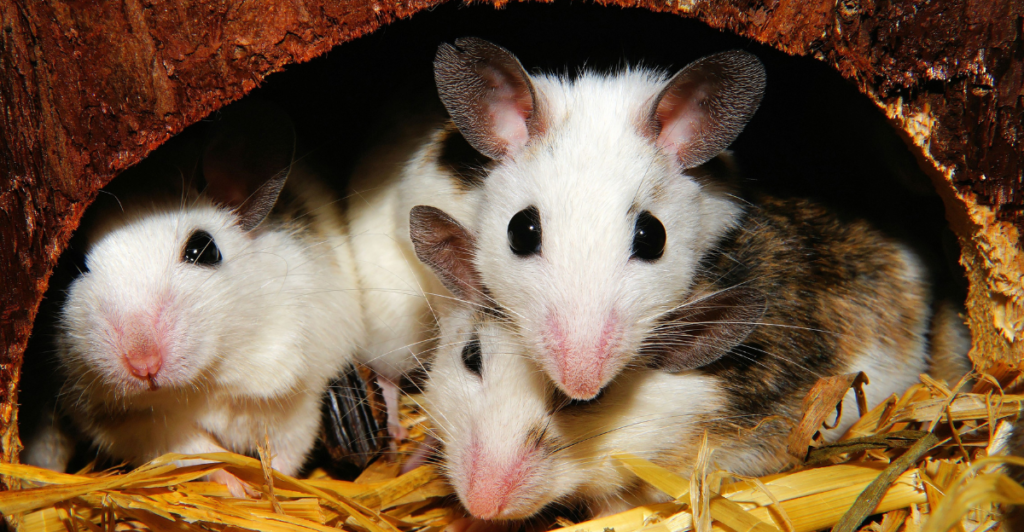
If small mammals like mice instinctively care for their peers during emergencies, what lessons can humans learn from this behavior? The study highlights the biological roots of empathy and suggests that prosocial actions are not exclusive to higher intelligence but are deeply ingrained survival mechanisms.
This insight could inform educational programs aimed at fostering empathy in children by emphasizing its evolutionary importance across species. Additionally, understanding how oxytocin drives altruistic behavior could lead to new therapies for enhancing social bonding and cooperation in humans—particularly in individuals with conditions like autism or social anxiety disorders.
Unverified Hypotheses: Could Mice Revolutionize CPR?
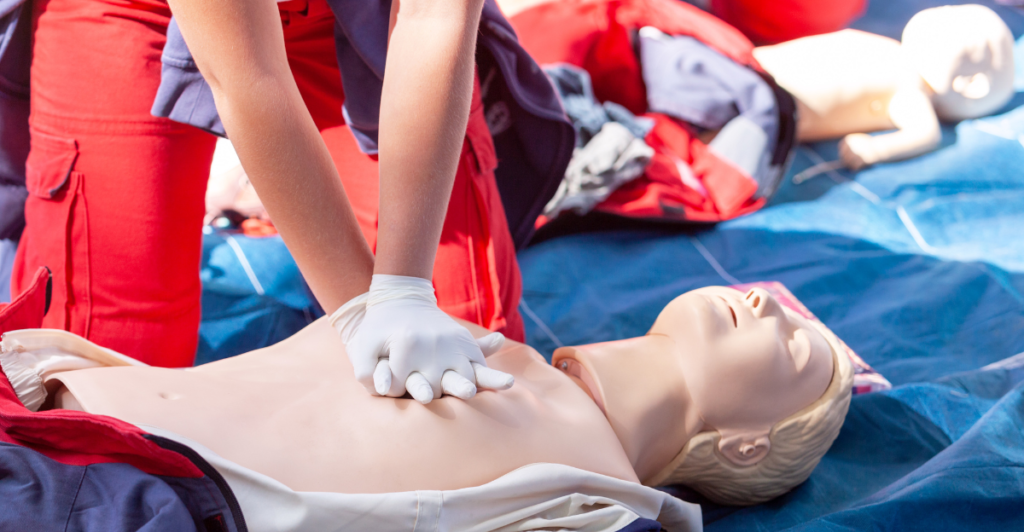
The discovery of tongue-pulling behavior in mice raises fascinating questions about cross-species insights into emergency care techniques. While it is very basic compared to human CPR, these actions show an instinctive understanding of airway clearance under stress, which is a very important concept in life-saving techniques.
Studying these instinctive rescue behaviors in animals could possibly inspire innovations in human first aid. For instance, observing how rodents react to respiratory distress might reveal overlooked aspects of airway management that could apply to humans or even improve training protocols for medical professionals.
Second-Order Effects: Shifting Perceptions of Rodents
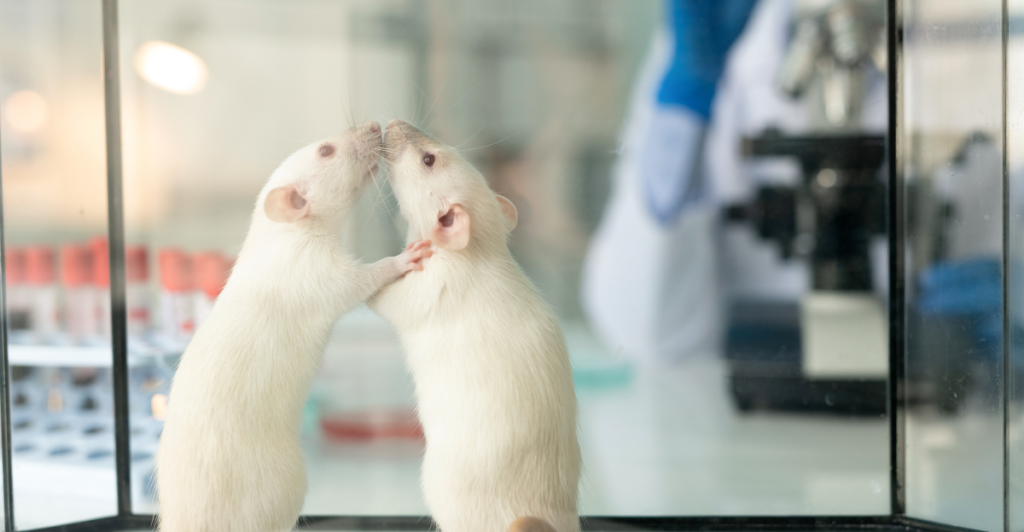
The information in this study could significantly impact public attitudes toward rodents and how they are treated. Often, mice are seen as pests or disposable research subjects, but recognizing their empathetic capabilities could change societal perceptions toward seeing them as intelligent creatures that are worthy of respect and ethical consideration.
In future, this could lead to stricter regulations on pest control methods, or it would inspire campaigns that advocate for the humane treatment of rodents in domestic and laboratory settings. It could also spark greater public interest in studying small mammals’ roles in understanding human biology and behavior.
Redefining Empathy Across Species
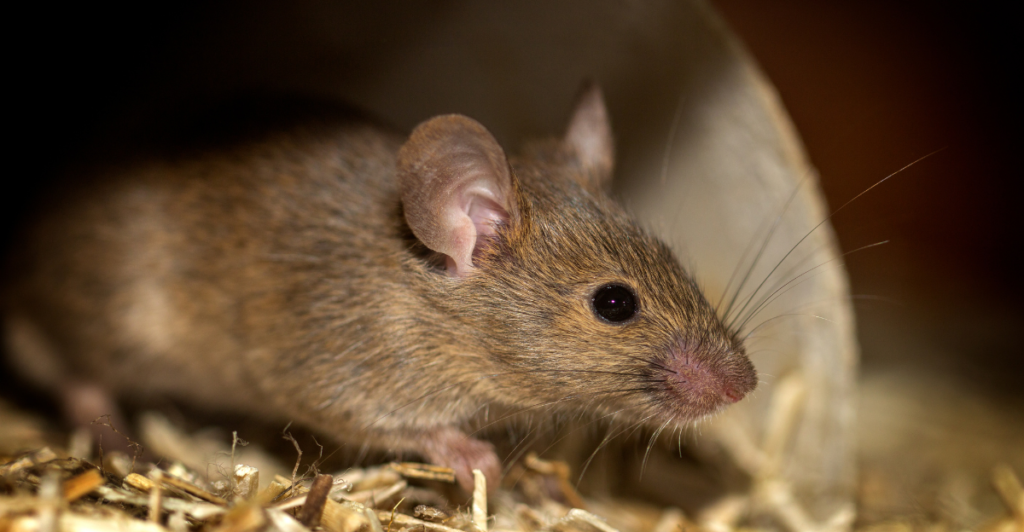
The discovery that mice perform first-aid-like actions questions the belief that empathy is exclusive to large-brained animals like humans or primates. It suggests that prosocial behaviors are more common across different species and that they are deeply rooted in mammalian biology as important survival mechanisms rather than cultural constructs or moral choices that are unique to humans.
This research broadens our understanding of animal behavior and encourages us to reflect on humanity’s evolutionary connections to other species through shared traits like empathy and cooperation. By connecting science with ethics and societal values, this discovery could change how we view animals and ourselves.
Explore more of our trending stories and hit Follow to keep them coming to your feed!

Don’t miss out on more stories like this! Hit the Follow button at the top of this article to stay updated with the latest news. Share your thoughts in the comments—we’d love to hear from you!



